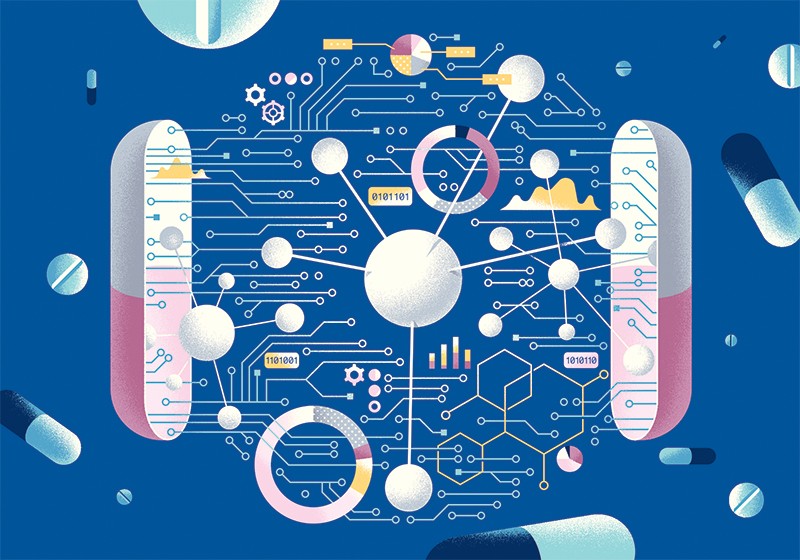
Tissue Microenvironment Factors Affecting Cell Behaviour And Drug Response
The many failures encountered in drug discovery processes have propelled the advancement of reliable research platforms to better mimic in-vivo like cellular structure and function thereby obtaining physiologically relevant cellular responses to drugs. To this end researchers have focused on the importance of extracellular matrix (ECM) in cellular function and 3D cell culturing has become a vital tool in recreating tissue microenvironment to recapitulate key factors that is crucial for cell behaviour. Although traditional 2D monolayer culturing is still employed in high throughput screening, 3D cell cultures are fast becoming a more appropriate method of choice in drug discovery (1). Aside from the composition of ECM molecules, matrix stiffness, concentration gradients, and surrounding stromal cells also play a key role in determining cellular behavior to in response to therapeutics.
Matrix stiffness
Matrix stiffness or tissue stiffness is important for maintaining cellular homeostasis (3).
Changes to tissue rigidity, affects ECM composition causing bidirectional changes in the cell and the ECM. Mechanical forces can cause changes in cell division, morphogenesis, cell migration, signaling pathways, gene transcription, ion channel gating, and vesicle formation leading to further remodeling of the ECM. The correlation between tissue stiffness and cellular function is of importance especially in tumors and the central nervous system. Drug development for neurological disorders can be propelled forward with novel 3D cell culture techniques that are able to better mimic the in-vivo neuronal microenvironment and have helped address many of the challenges encountered in neuronal drug discovery processes (1,3,4).
Concentration gradients
Concentration gradients in tissues regulate oxygen, pH, and uptake of nutrients, effector molecules and cellular metabolites. These gradients are determined, by proximity to blood vessels, diffusion of molecules through the ECM, changes in oxygen and nutrient uptake, and production of cellular waste. Such changes to concentration gradients affect cell motility, migration and cell signaling, that influence chemotaxis, and morphogenesis in normal cell development as well as in cell repair. Advances in 3D in vitro culturing techniques such spheroid technology, microfluidic devices, and scaffold based 3D cultures has provided reliable platforms to recreate these in-vivo like environments, to help better understand oxygen and nutrient exchange mediated cellular pathways that directly affects cell response in drug discovery (2).
Stromal cells
Stromal cells include mesenchymal supporting cells such as fibroblasts, adipocytes in epithelial tissues, glia in neurons, and cells belong to vasculature and immune system. Cell interactions with surrounding stromal cells determine disease progression, and directly affect therapeutic response of cells. Targeting these cells remains a promising plan of action in developing novel therapeutic measures for wide range of diseases such as neurological diseases, and cancer drug discovery (2,5).
References
1. Tyler, W. J. (2012). The mechanobiology of brain function. Nat. Rev. Neurosci. 13, 867–878.
2. Langhans SA (2018) Three-Dimensional in Vitro Cell Culture Models in Drug Discovery and Drug Repositioning. Front. Pharmacol. 9:6.
3. Handorf, A. M., Zhou, Y., Halanski, M. A., and Li, W. J. (2015). Tissue stiffness dictates development, homeostasis, and disease progression. Organogenesis 11, 1–15.
4. Hynes, R. O. (2014). Stretching the boundaries of extracellular matrix research. Nat. Rev. Mol. Cell Biol. 15, 761–763.
5. Kersh, A. E., Ng, S., Chang, Y. M., Sasaki, M., Thomas, S. N., Kissick, H. T., et al. (2018). Targeted therapies: immunologic effects and potential applications outside of cancer. J. Clin. Pharmacol. 58, 7–24.
6. Ishihara S, Haga H. Matrix Stiffness Contributes to Cancer Progression by Regulating Transcription Factors. Cancers. 2022; 14(4):1049.



